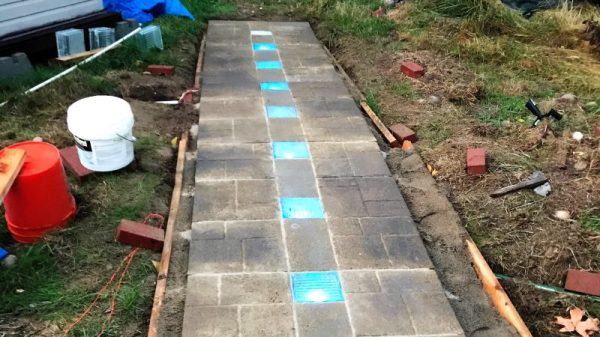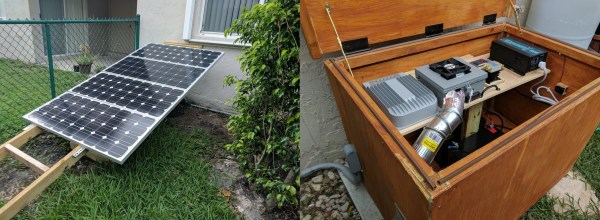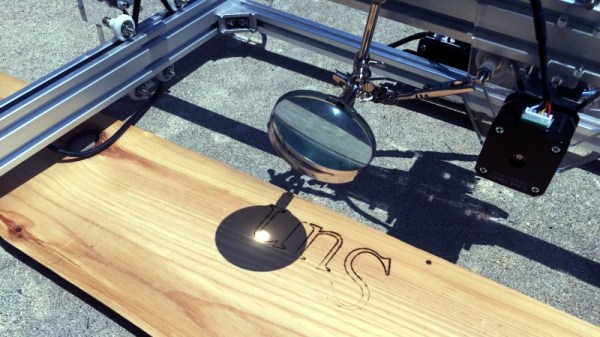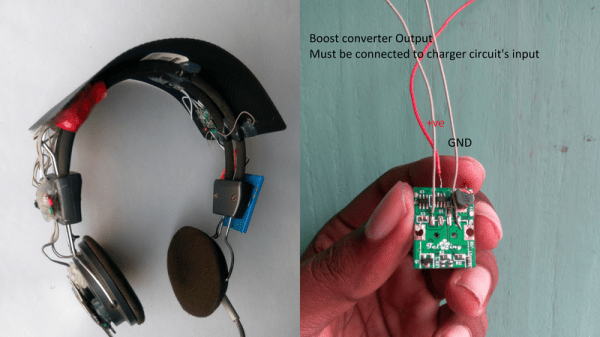In the 1950s, a nuclear-powered future seemed a certainty. The public had not been made aware of the dangers posed by radioactive material, any large-scale accidents involving nuclear reactors had either been hushed up or were yet to happen, and industry and governments were anxious to provide good PR to further their aims. Our parents and grandparents were thus promised a future involving free energy from nuclear reactors in all sorts of everyday situations.
With the benefit of hindsight, we of course know how the story turned out. Windscale, Three Mile Island, Chernobyl, and Fukushima, and we’re still waiting for our atomic automobiles.
If you have a hankering for nuclear-powered domestic appliances though, all is not lost. [GH] is leading the charge towards a future of atomic energy, with a nuclear-powered calculator. It’s not quite what was promised in the ’50s, but it is nevertheless a genuine appliance for the Atomic Age. At its heart is not a 1950s-style fission reactor though, but a tritium tube. Beta particles from the tritium’s decay excite a phosphor coating on the tube’s inside wall, producing a small amount of light. This light is harvested with a solar cell, and the resulting electrical energy is stored in an electrolytic capacitor. The cell has an open-circuit voltage of 1.8 V, and the 100 μF capacitor in question stores a relatively tiny 162 μJ. From this source, a dollar store calculator can operate for about 30 sec, so there should be no hanging about with your mathematics.
We’ve brought you a tritium battery before, albeit a slightly larger one. And should you need the comforting glow of a tritium tube but not the radiation risk, how about this LED-based substitute?

















